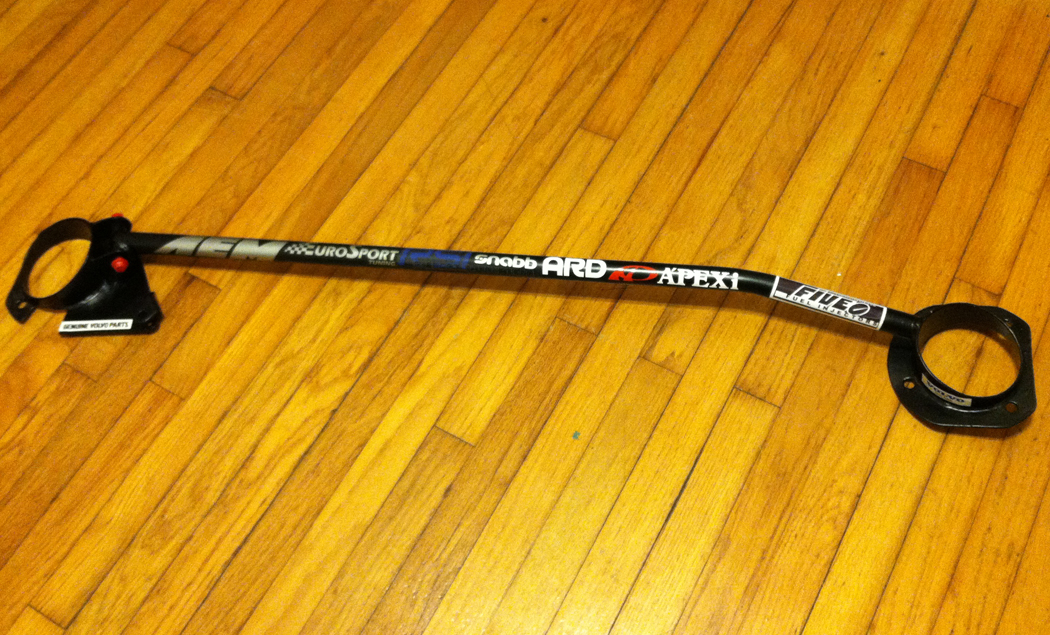I don't really have a general K20 resto-mod build thread so putting this in here...
I needed to rebuild my pedal box on the ’76 X1/9 just like seemingly everyone else on this forum. There are so many good resources here on Xweb like Bernice’s
’74 Pedal Box Project – Part 1 and Part 2 as well as
some others. First up I needed to strip it and paint it. These cars and pedal boxes are so old they’re all gonna be rusty no matter what, so strip it down and paint it. I didn’t take photos, but you all know how that goes. I had bought a new brake and clutch master from MWB but ended up upgrading the brake MC to the “performance” one which is a bit larger and should match better with the larger Vick’s front calipers and 124 Spider rears from Autoricambi.
The plastic pedal thingy was all messed up. Inspired by
Bernice’s post I decided to use a piece of scrap Delryn and shape it on the lathe. I don’t have a good deep boring bar for my lathe setup so I used a 9/16” drill bit which is very close to her stated spec. It was tighter than the stock piece I was removing tho. For my lathe I had to start with a short bit then use a long one but it worked out. Trim the outer to spec and cut to length.
I don’t have a slitting saw or a tiny end mill that’s the required 0.110” (or smaller) width so I used a small drill bit in the mill and used it like and end mill bit. Worked ok.
The pressed in studs for the pedals were all messed up on my kit, at least for the clutch – the brake one was fine. I decided to replace that with an M12 bolt machined to replace the original. I needed to relocate it anyways for the K20 setup which has a smaller slave cylinder, and the easy fix is to reduce the throw at the pedal by relocating the pivot. Grind the inner shoulder off and it presses out.
The M12 bolt and nut go to the lathe to get trimmed. The bolt head and the nut need to be thinner and the threads cut. You'll notice that an M12 bolt is
very close to the size I needed on the pin. I actually wanted to do a 1.25 metric pitch on an M12 (i.e., a fine thread) but I only had a 1.75 pitch tap and no stores nearby had them. The current solution works and I'm not sure a finer pitch would cut smooth on those threads. If anyone has ideas on a method of filling I'd be interested.
I’m super happy I re-read
Rodgers post about how he needed to extend the push rod – I know why that happened now because I
almost did the same thing! I figured the smart way to relocate it was to use the same axis from the pedal pivot but that isn’t right – you wanna shorten the total throw AND keep the rod closer to the clutch master cylinder at rest, so with the pin on the master cylinder you rotate the prescribed ½” closer to the pedal pivot. Happily the shape of the pedal is perfect for the new location. Hard to explain – hope the pictures help. Drilled and tapped for the M12 bolt.
It's not completely done - I need to disassemble again and prep/paint the pedals and maybe the box again but all the modifications work is done. Oh, and since someone will notice and ask:
1. The bit of metal that holds the hoses snapped off so I made a new one and bolted it
2. The retaining clip (painted yellow) gets a proper M5 SS bolt instead of the ridiculous Phillips head screw that rusts right away
3. my depth of cut for the slot must've been a bit deeper than prescribed. I can make a larger retainer (yellow thing) or use a neoprene ring. Idea for me is not only to keep the plastic bushing from sliding out but also to keep it from rotating in the pedal box housing. I think that's what ends up chewing the outside of it up.

